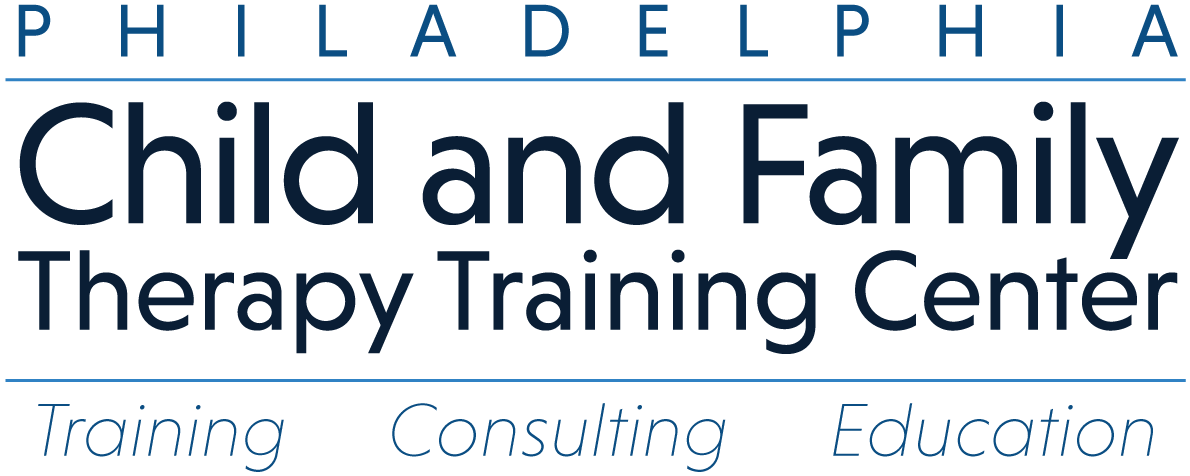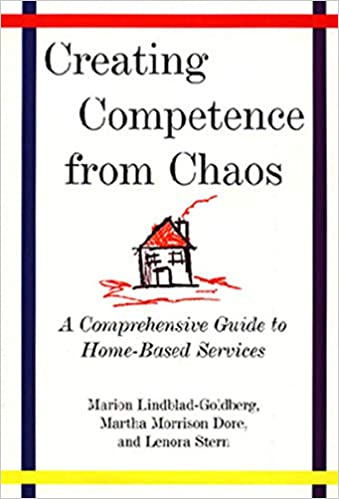
An important distinctions we make in Ecosystemic Structural Family Therapy (ESFT) is the difference between first-order change and second-order change. Understanding this difference is crucial for therapists committed to creating meaningful, sustainable outcomes for families.
First-Order Change: Behavior Changes in Interactions (Linear, External, and Compliance-Driven)
First-order change focuses on surface-level behavioral shifts. It’s linear, cause-and-effect in nature, and often driven by external factors like rewards, consequences, or direct instructions. The goal is to stop or start a behavior, and the motivation is frequently tied to the fear of punishment or the promise of a short-term incentive.
While first-order change can offer temporary relief, it rarely addresses the deeper relational dynamics that sustain the behavior over time. In many cases, the family’s underlying patterns remain intact because the structure is still the same. The change is often fragile—likely to regress the moment the external motivator is removed.
For example, a child might stop yelling because they’ve been threatened with the loss of screen time. But without addressing the relational patterns driving the behavior—like poor emotion regulation or lack of parental leadership—the change won’t last.
Or the professional may step in and redirect the child. This makes the therapist part of the structure. So of course the behavior changes. When the therapist leaves the unwanted behaviors signaling distress come racing back!
Second-Order Change: Relational Changes in Interactions (Internal and Transformative)
Second-order change, in contrast, happens at the level of structure, meaning, and relationship. It’s not just about doing something different—it’s about thinking, feeling, and relating differently. The structure (hierarchy, boundaries, and family culture) requires a collaborative change and active in deliberating practicing shift in roles, and new patterns/ emotional responses.
Second-order change is:
✅ Internal – driven by insight, motivation, and relational shifts
✅ Dynamic – involving multiple members of the family system
✅ Sustainable – changes are maintained because they’re meaningful and integrated into daily life
✅ Collaborative – both caregivers and children participate in creating and maintaining new patterns
In ESFT, we guide families toward second-order change by focusing on co-regulation, attachment, co parenting, alliance building, and caregiver leadership. We help families see their patterns, understand their emotional processes, and take ownership of creating new interactional cycles that are healing, not harmful.
For instance, instead of a caregiver demanding a child “just calm down,” the family works together on building emotional safety and regulation strategies that change how stress is handled systemically.
Why the Difference Matters
First-order change may help in the short term—but second-order change transforms the family system. It’s the difference between managing symptoms and reshaping the emotional environment that sustains wellness over time. At PCFTTC, our focus is always on helping therapists and families work toward deep, relational, and lasting change—the kind of change that doesn’t rely on external control but grows from within.
Example of First-Order Change (External, Linear, Compliance-Based)
Scenario: A teenager is refusing to complete homework and is spending excessive time on video games.
Therapist Intervention (First-Order):
The therapist coaches the caregiver to implement a behavioral consequence plan:
- The caregiver tells the teen, “If you don’t complete your homework by 7 PM, you lose access to video games for the rest of the night.”
- The teen complies with the homework expectation—but only because of the fear of losing privileges.
What makes this First-Order Change?
- It’s linear: If you don’t do X, Y will happen.
- It’s externally motivated: The change happens due to fear of consequence, not internal motivation.
- It’s compliance-focused and likely temporary: If the caregiver stops enforcing consequences, the old pattern will likely return.
Example of Second-Order Change (Internal, Relational, Sustainable)
Scenario: Same teenager, same homework avoidance.
Therapist Intervention (Second-Order):
The therapist works with the entire family system to explore the relational and emotional dynamics driving the avoidance through the family assessment tools. Therapist discovers:
- The teen feels disconnected and overwhelmed but doesn’t know how to express this.
- The caregiver tends to escalate quickly into frustration and yelling, which increases the teen’s avoidance and emotional shutdown.
The therapist guides the family to deliberately practice in session:
- Improve caregiver leadership and co-regulation:
- The caregiver practices giving clear, emotionally regulated instructions and checks in with the teen about emotional needs before setting expectations.
- Build emotional safety:
- The teen is helped to voice feelings of anxiety around schoolwork.
- Develop a new relational pattern and anchor it:
- Together, the family creates a homework plan that includes built-in support, positive connection time afterward, and space for emotional check-ins.
What makes this Second-Order Change?
- This change is caregiver lead and therapist facilitated.
- The family shifts relational dynamics and emotional responses—not just behaviors.
- Motivation becomes internal and relational, not driven by fear or reward.
- Caregiver leadership is strengthened, and the teen feels emotionally safer and more engaged, making the change sustainable over time.
Key Difference:
- First-Order Change = External compliance: “Do this…or else.”
- Second-Order Change = Internal and relational shift: “We’re changing how we relate, lead, and respond so that change lasts.”



Leave a Reply